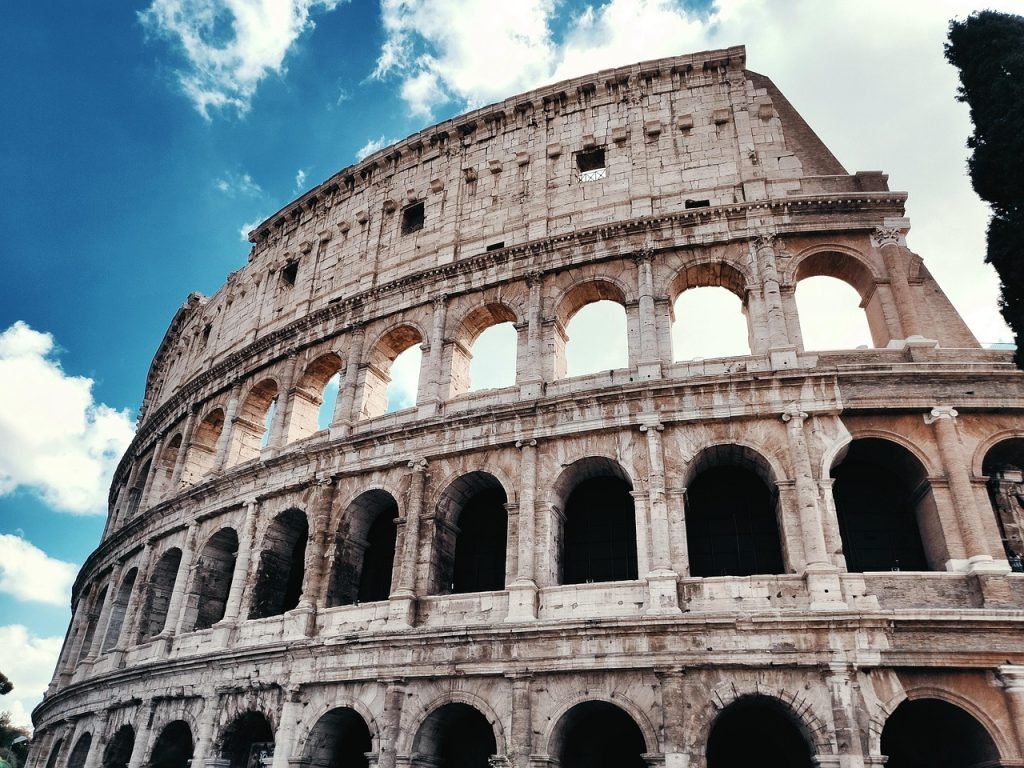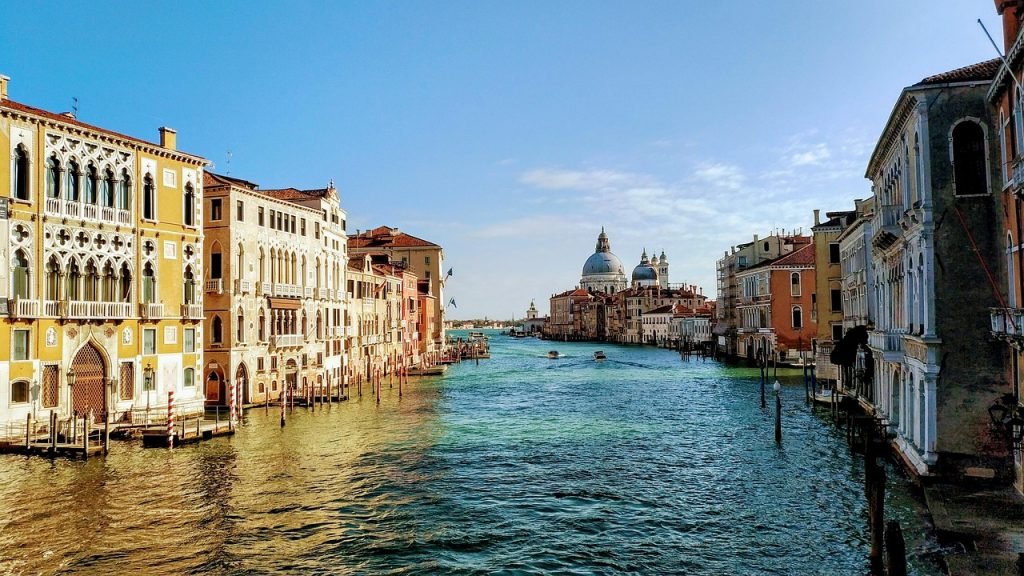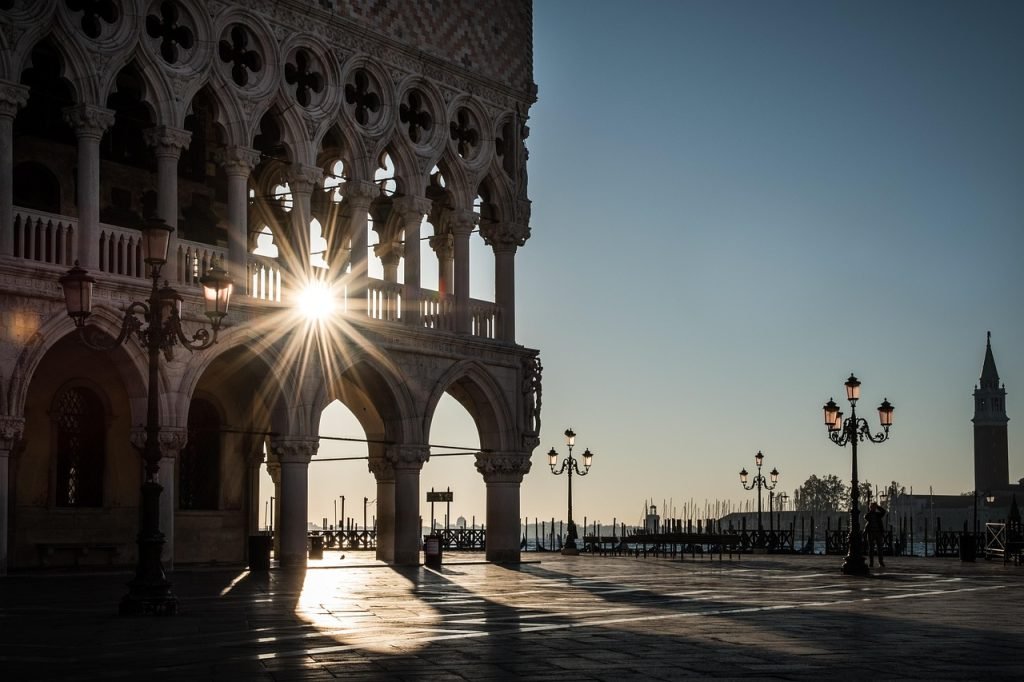Listen, as a northerner, I’ll admit something that might get me in trouble with my Roman friends: Roman cuisine is genius. Not refined genius like you’ll find in Emilia-Romagna, not innovative genius like modern Milanese kitchens, but pure, unapologetic genius that transforms the humblest ingredients into dishes that have conquered the world.
Roman cooking doesn’t apologize for being simple. It doesn’t dress up with fancy techniques or exotic ingredients. It takes what’s available – pasta, cheese, pork, eggs, vegetables – and creates magic through sheer technique and centuries of perfected tradition.
But here’s what drives me crazy as someone who appreciates good food: most people outside Italy get these dishes completely wrong. They add cream to Carbonara, use bacon instead of guanciale, or think Pecorino Romano is optional. It’s like watching someone butcher an opera.
So let me give you the real story about Roman cuisine – what makes it special, how to eat it properly, and where to find the authentic versions that will ruin you for inferior imitations forever.
The Fantastic Four: Rome’s Pasta Evangelism
Roman cuisine rests on four pillars of pasta perfection, and understanding them is like having the keys to the city’s culinary soul. Each of the four—cacio e pepe, gricia, carbonara, and amatriciana—builds on a foundation of pasta and pecorino romano, but each tells a different story about Roman ingenuity.
Cacio e Pepe – The Minimalist Masterpiece
Cacio e pepe is the simplest, with only cheese and pepper, but don’t let that fool you into thinking it’s easy. This dish is pure technique disguised as simplicity. Three ingredients: pasta (traditionally tonnarelli or spaghetti), Pecorino Romano, and freshly ground black pepper. That’s it.
But here’s where it gets tricky: creating a silky, creamy sauce from just cheese, pepper, and pasta water requires understanding the science of emulsification. Too hot and the cheese clumps into rubbery strings. Too cool and it never comes together. The perfect cacio e pepe is like watching a master magician – it looks effortless until you try it yourself.
The Roman truth: A good cacio e pepe tells you everything about a kitchen’s skill level. It’s the dish that separates real Roman cooks from pretenders.
Where to find perfection: Flavio al Velavevodetto in Testaccio or Checchino dal 1887 for the most traditional versions. Avoid anywhere that advertises “creamy” cacio e pepe – real Romans will judge you.
Gricia – The Forgotten Foundation
Pasta alla Gricia is thought to be the forerunner of the other celebrated recipes: amatriciana and carbonara, making it the grandfather of Roman pasta. Gricia adds guanciale for a savory, porky touch to the cacio e pepe base, creating something that’s both rustic and sophisticated.
This dish represents Roman cooking at its most essential – guanciale (pork jowl), Pecorino Romano, black pepper, and pasta. Gricia is simple and focused on the luscious guanciale fat with a dusting of pecorino, but that simplicity demands perfection in execution.
Why Gricia matters: It teaches you about Roman cuisine’s relationship with pork fat. The guanciale isn’t just meat – it’s the cooking medium, the flavor base, and the soul of the dish. Render it properly and you have liquid gold. Rush it and you have greasy pasta.
Carbonara – The Misunderstood Celebrity
Here’s where I get fired up: Carbonara is probably the most butchered Italian dish in the world. Carbonara is richer still, incorporating eggs for a creamy sauce, but NEVER cream, NEVER onions, NEVER peas, and absolutely NEVER chicken.
The real Carbonara uses eggs (specifically egg yolks plus one whole egg), guanciale, Pecorino Romano, and black pepper. The only essential ingredient is guanciale, the cured meat that consists of two parts fat and one-part meat, obtained from the cheek of the pig. The “creaminess” comes from the eggs combining with hot pasta water and rendered pork fat – it’s pure chemistry, not dairy.
The technique secret: The eggs never fully cook. They create a silky emulsion that coats the pasta without scrambling. It requires removing the pan from heat and working quickly with tongs, creating a sauce that’s simultaneously rich and light.
Historical note: The key ingredient of both dishes is the powdered black pepper, which resembles coal dust from the mines, giving the dish its name from “carbone” (coal).
Amatriciana – The Tomato Revolution
Amatriciana tells the story of how tomatoes conquered Roman cuisine. A traditional amatriciana recipe includes just three ingredients: chopped guanciale, chopped tomatoes and pecorino cheese, generously seasoned with salt, pepper and even chili pepper flakes. Skip the egg and add tomatoes for hearty Amatriciana.
This dish originated in Amatrice (hence the name) but became definitively Roman through adoption and perfection. The tomatoes must be good – San Marzano if possible – because they’re carrying half the flavor weight. The guanciale provides richness, the Pecorino provides sharpness, and the tomatoes provide both acidity and sweetness.
The controversial element: Some versions include a touch of peperoncino (chili flakes). Purists argue, but personally, I think a subtle heat elevates the dish without overpowering the other flavors.
Beyond Pasta: Rome’s Hidden Culinary Treasures
Supplì – The Roman Comfort Food Champion
Supplì, also known as supplì al telefono, are a beloved Roman street food that consists of deep-fried rice croquettes stuffed with a gooey center of mozzarella cheese. The name “al telefono” comes from the way the melted cheese strings out when you bite into it, resembling a telephone cord.
Like arancini, their more famous Sicilian counterparts, they consist of balls of risotto rice, lovingly lathered in gooey mozzarella and ragù meat sauce, coated in breadcrumbs, and deep-fried to perfection. But don’t call them arancini in Rome – that’s Sicilian, and Romans are proud of their supplì tradition.
The perfect supplì: Crispy exterior, creamy interior, and that satisfying cheese pull that makes you understand why Romans consider this comfort food perfection. Find them at any decent friggitoria or pizzeria al taglio.
Saltimbocca alla Romana – When Meat Meets Poetry
Saltimbocca alla Romana are tasty slices of veal with raw ham and sage with a flavor so good that they jump directly into the mouth! The name literally means “jump in the mouth,” and it’s not hyperbole.
Saltimbocca alla Romana are cooked veal slices topped with prosciutto and sage and cooked with dry white wine and butter. Saltimbocca alla romana is an ambassador of good Italian cuisine abroad, representing Roman cooking’s ability to create sophistication from simple elements.
The technique key: The veal must be pounded thin, the prosciutto must be quality, and the sage must be fresh. The cooking happens quickly – sear, deglaze with white wine, finish with butter. Overcook it and you’ve ruined expensive ingredients.
Carciofi alla Giudia – The Jewish Roman Legacy
The recipe originated in the Jewish community of Rome, giudìo being the term for Jew in the Romanesco language. The artichokes are fried in olive oil and look like chrysanthemums, creating one of Rome’s most visually stunning and delicious traditions.
The dish is a speciality of the Roman Ghetto, where it is served by Jewish restaurants in the springtime. The best option to try this dish is in the Jewish Ghetto of Rome, located near the city’s historical center.
Seasonal reality: True carciofi alla giudia only appears when Roman artichokes are in season (roughly March to May). Any other time, you’re eating inferior imported artichokes or frozen substitutes.
The Modern Blasphemy: Pasta alla Zozzona
Now here’s something that makes traditional Romans clutch their pearls: Pasta alla zozzona combines the best of the three essential recipes in Roman cuisine into one enjoyable dish! It’s carbonara + amatriciana + cacio e pepe all in one plate.
Traditional purists hate it. Young Romans love it. I think it’s brilliant in its audacity – taking three perfect dishes and creating something new that shouldn’t work but absolutely does. It’s like Rome itself: historically impossible but undeniably appealing.
The controversy: Some consider it sacrilege. Zozzona means very dirty in Roman dialect. Others call it evolution. Try it at least once and decide for yourself whether tradition or innovation wins your loyalty.
What Makes Roman Cuisine Actually Roman
The Ingredients Are Non-Negotiable
Guanciale, not pancetta, not bacon: Guanciale should be sliced into strips and browned in a pan, without having anything added to it. The fat renders slowly, creating the cooking medium and primary flavor. Substitutes change the entire dish.
Pecorino Romano, not Parmesan: The sharp, salty character of aged sheep’s cheese defines Roman flavors. Parmesan is milder and completely changes the balance.
Good pasta water: Romans use pasta water like northern cooks use cream – it’s the secret to perfect emulsification and proper sauce consistency.
The Philosophy Behind the Simplicity
Roman cuisine developed from necessity and available ingredients. Shepherds needed portable, shelf-stable foods (cheese, cured pork). Urban poor needed maximum flavor from minimal ingredients. Jewish communities contributed vegetables and techniques that became integral to Roman identity.
This isn’t peasant food in the dismissive sense – it’s ingenious food that maximizes flavor and nutrition from accessible ingredients. The techniques are sophisticated even when the ingredient lists are short.
Where to Eat Like a Roman (Not Like a Tourist)
For the pasta holy trinity: Skip the restaurants near major monuments. Head to Testaccio (Flavio al Velavevodetto), Trastevere (Da Enzo), or Monti (Urbana 47) for versions that Romans actually respect.
For supplì: Any decent pizza al taglio place, but Supplizio near the Pantheon has elevated this street food to art form.
For saltimbocca: This isn’t street food – find a proper trattoria that takes pride in their meat dishes. Armando al Pantheon or Da Valentino in the evening.
The Tourist Trap Warning
Rome’s proximity to major attractions means many restaurants survive on tourist volume rather than food quality. Here’s how to avoid them:
Red flags: Menus in multiple languages, photos of food, aggressive touts outside, pasta dishes with cream listed as ingredients.
Green flags: Handwritten menus that change seasonally, local clientele, paper placemats, and servers who look annoyed when you ask for substitutions.
The ultimate test: Order cacio e pepe. If it arrives within 5 minutes, leave immediately. Proper cacio e pepe requires patience and skill.
Seasonal Eating the Roman Way
Roman cuisine respects seasons more than most tourists realize:
Spring: Carciofi season! Both alla giudia and alla romana are at their peak. Also the time for abbacchio (baby lamb) if you’re adventurous.
Summer: Lighter pastas, more vegetables, lots of fried zucchini blossoms. Romans eat less during hot months.
Fall/Winter: Heartier dishes return. Perfect time for Carbonara, Amatriciana, and rich Roman stews.
The Roman approach: Never ask for out-of-season dishes. Romans will serve what’s best right now, not what you think you want.
The Cultural Context You Need
Roman food culture operates on different rhythms than tourist expectations. Lunch is substantial and happens around 1:30 PM. Dinner starts after 8 PM and can last hours. Aperitivo culture exists but isn’t as elaborate as northern Italian cities.
Sunday lunch is sacred – families gather for long meals featuring multiple courses. Evening meals during weekdays tend to be lighter, often just pasta and salad.
Coffee culture is serious: cappuccino only in the morning, espresso after meals, and never with milk after 11 AM. Break these rules and Romans will politely tolerate you while internally judging your barbarism.
The Bottom Line: Respect the Tradition
Roman cuisine doesn’t need improvement, innovation, or international fusion. It needs respect, proper ingredients, and understanding of why these dishes have survived unchanged for generations.
When you’re in Rome, eat Roman food the Roman way. Don’t ask for modifications, don’t expect accommodations for dietary restrictions that require changing fundamental ingredients, and definitely don’t Instagram your food before tasting it while it’s properly hot.
The magic of Roman cuisine lies in its confidence – these dishes know they’re perfect exactly as they are. Your job isn’t to improve them but to appreciate the centuries of refinement that created them.
Final wisdom: Roman food is like Rome itself – ancient, confident, and absolutely unwilling to change for anyone. Learn to love it on its own terms, and you’ll understand why Romans are so fiercely protective of their culinary heritage.
The city may be “bella ma non ci vivrei,” but the food? The food is something I’d move to Rome for, if only the city weren’t so beautifully, impossibly Roman in every other way.
Buon appetito!


